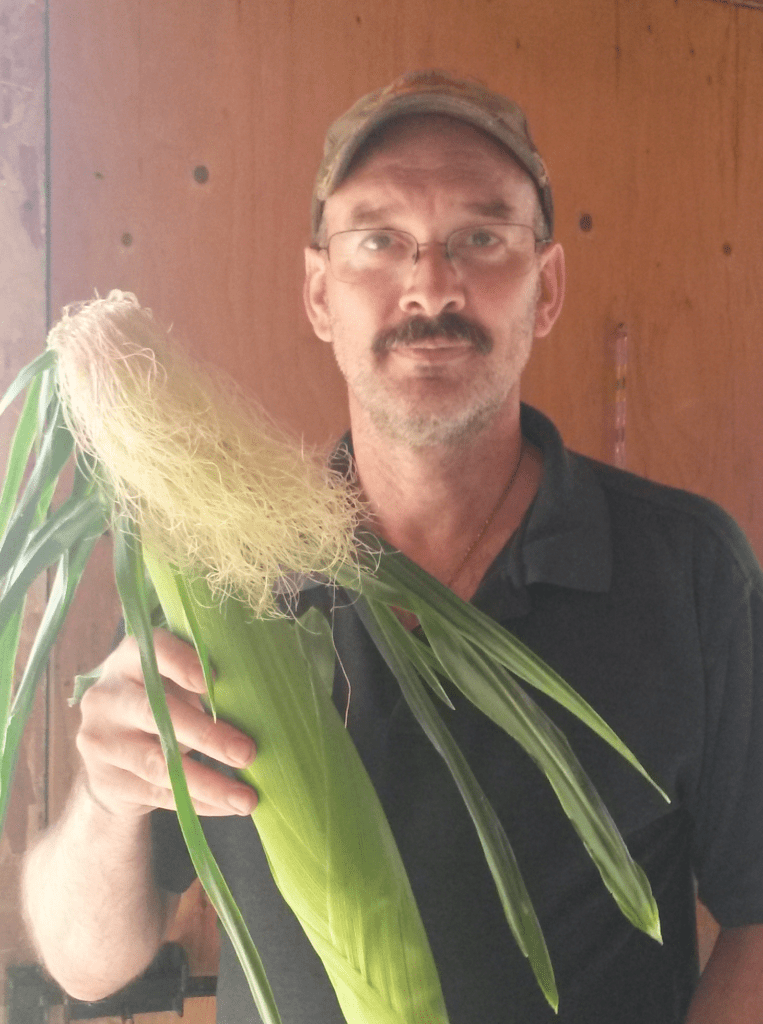
It happens in the bedroom, family room, board room, court room, social media walls, wall street, on the streets and even in parliament. Covert violence is everywhere and most times the abuser is not even consciously aware that they are being violent. The abused usually don’t figure it out for years, but when they do it takes many years and attempts to escape.
The sad reality of this violent cycle is that the abusers have been abused themselves. When we are confronted with violence, stress or other dangers, the typical response is usually to fight, flight, freeze or fawn. While some people will try to run away or end up freezing in their tracks, it is the fighters and those who flip sides to become an allies of their abusers that in turn end up being abusers and continuing the cycle. The problem as I see it, is that even those that run away or freeze will eventually turn to fight or fawn if the violence continues for a long period of time.
My natural tendency is towards flight. I worked hard throughout my childhood to avoid confrontation, violence or anything that I felt is a danger to me. Yet I still ended up being an abuser, overcome with shame, guilt, frustration, pain, anxiety, loneliness, depression, addictions and even suicide attempts. No matter what people did to intervene, there was no way I was going to hear what they were saying. I was convinced that people out there was the issue, not me. No amount of intervention was going to change my mind.
I had to hit rock bottom and face the ultimate choice before I was ready to surrender and really start to listen to what others were saying. What was that choice? Change or die.
I write about this at length in my book and in my posts. Today I want to outline what covert violence looks like and how it feels as it seems to still penetrate every aspect of our lives. Until we start to confront these behaviours, we will continue to struggle in our efforts to find peace in our lives. This is not a comprehensive list, but I hope that it helps bring awareness so that when we set our boundaries, we can include these behaviours in our protocols for self governance and healthy relationships.
Laughing
Laughter is a healthy expression when we are having fun and confronted with something that is funny. However, laughter is also a covert violent approach to mock people and attempt to dismiss how others feel or view scenarios. Abusers will use this behaviour to intimidate people to back down from their confrontation or position. It is used to belittle or rebuke others, raising themselves in status while lowering others at the same time. When in a serious conversation and somebody starts laughing at others, this can often be a covert violent attempt act against others.
The Laundry List
In a healthy relationship, people would discuss an issue and work through it prior to moving onto another issue. Within that relationship, they may also wait several days to make sure that everyone has processed it properly before moving on. However, some people like to bring up multiple issues and continue to bring up issues in order to overwhelm the others and control the conversation. This technique allows the abuser to feel superior or justified in their position as a list of evidence to overwhelm the guilty is presented. This approach is not about healing but about judgement and guilt, a covert violent technique to shut down the other individual and win an argument through overwhelming his / her opponent.
Speed talking
This is a technique that is often used with the laundry list, where the abuser talks quickly and non-stop in order to overwhelm his / her victim and make sure there is no time or space for others to respond or confront them on their behaviour. Speed talking is also an intellectual technique that can suppress others by presenting so much information that it confuses the conversation as there is too much information to consciously keep in ones mind, let along discuss in a healthy way. The confusion is magnified as the topics start to blur into one another and any response is met with more information to drown any comments or views by other people.
Assumptions
Abusers will often make assumptions and then sabotage any attempt by others to clarify the situation. If successful, their assumption then stands as fact, making their position correct and everyone else wrong. This is an attempt to make people feel stupid or wrong, even though it is done through manipulation or dismissal of what other people know, think or feel. This allows the abuser to then label others, often using labels that carry social stigma in order to control, shame or guilt others to support their position and join in on suppressing those who are being attacked by the abuser.
Being the victim
If the abuser feels like he / she is not winning, they will then start to pout or act out in other ways to manipulate others into treating them like a victim. This is a tricky and dangerous behaviour as depression, treats of suicide and other manipulations are often used to get people to pay attention or take action. If people don’t, then they may lash out violently by screaming, yelling, name calling or other manipulations to force compliance and look after them. This is an approach that I often took during the 20+ years I was struggling in my life. It is a dangerous approach as I was a victim too, but because I was not consciously aware, I worked on people’s empathy to manipulate them. I was not interested in healing or confronting my own shit, but instead I used it to gain favor, attention and affection.
Gaslighting
Through psychological manipulations, abusers attempt to overwhelm their victims to the point where they start to question their own sanity. Highly intelligent abusers will use their intellect to make others feel stupid and surrender to their mastery and superiority. This site has a good list of what the 11 Warning Signs of Gaslighting are all about. Being consciously aware of these signs can be very helpful when recognizing covert violence, especially in sacred spaces where this type of behaviour must not be permitted.
No Win scenario
The abuser must win at all costs and he / she is willing to say or do anything to ensure of that win. To them, this is a win / lose situation and any loss would devastate their position and result in a loss of power or standing within the relationship. As such, they are prepared to lie, beg, yell, intimidate or act out in any way possible to win! Even a condescending tone of voice or look on his / her face is enough to intimidate others to back off and let them win. This puts everyone in a no win scenario and completely blocks the group or couple from healing, being real and feeling acknowledged, loved and supported.
Sacred Space works very differently
While I recognize that abusers need healing too, I also must acknowledge that the healing cannot take place until they have surrendered and dedicate their lives towards self healing, improvement, forgiveness and making significant changes in how they behave, think and express themselves. This is currently rare, but it does happen and this school will hold space for those that have done the surrender and are getting to work.
However, sacred space must be safe for people to do this work and if an individual resorts to these type of violent behaviours, whether overt or covert, they will be removed from the circle. Boundaries are a core and fundamental tool that must be used when dealing with violent people. It does not matter whether it is government, corporations, co-workers, family, friends or lovers. Boundaries are key and within the Sacred Heart Circle, we learn about what those boundaries look like, help people explore their boundaries, set them up and support them in their efforts to be safe and secure.
Within this space, we use a specific protocol as most of us use covert violence due to modern social constructs making this type of behaviour not only acceptable but encouraged. As such, we slow down the conversation within the circle. The heart works very differently than the brain and if things are going fast, chances are good that the brain is working to express itself rather than working hard to connect with the heart and express what it is feeling. This is, by far, the most difficult step for abuser or victim to take in their healing journey.
We accomplish this by asking pointed yet gentle questions to help the individual explore their heart, behaviours, words, assumptions, etc so that they can find their heart space, connect to it and start the healing journey towards self love, forgiveness, freedom and feeling supported along the way. It is critical that we give the individual time to explore those questions, so there is often silence as exercises like this is so new and foreign to most people. When conversations go fast, it bypasses the heart and we want to avoid that within this space. By asking questions, we also don’t make assumptions or invoke other manipulations to force people through this process.
We also encourage personal sharing, where people share their story and by being vulnerable, we can start to relate to one another in emotionally intimate ways. This too is a skill development that helps us to connect with self rather than lashing out at others in anger, contempt or violence. The main goal is to have a safe space so that people feel safe to lower their armour so that they can connect to their heart. This is a slow, methodical, deliberate and focused approach to healing, boundaries, love, forgiveness and acceptance.
While tribe building was an unforeseen manifestation of this process, it is not the focus or intent of this school. This school is focused on personal healing so that the individual can find peace within themselves so that they can then express that outwards in their lives. How that expression manifests is up to them. Some people may use it to build tribe, while others work hard to unwind themselves from other abusive relationships like the state, corporations, society, etc. We cannot do this work until we are consciously aware of what violence looks like and feels like. When we experience it, we can then consciously address it in a healthier way, rather than getting dragged into the web of the abuser. Often, that requires setting and implementing boundaries.
Within this school, if the individual is not able or willing to surrender and do the work in a peaceful way, the boundary will be implemented and they will be removed. New protocols have been setup to help with the boundaries as well.
While I acknowledge that everyone has value and valid points, that will not trump this boundary and give them a free ticket to abuse people just because they have something we need or want. That is not a good reason to abandon a boundary and is often used by abusers as they work hard to infiltrate groups. I hope this helps bring some conscious awareness to the group and set the boundaries for moving forward.
May Creator bless us all with peace in our hearts and our relationships.




